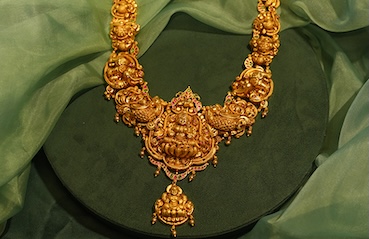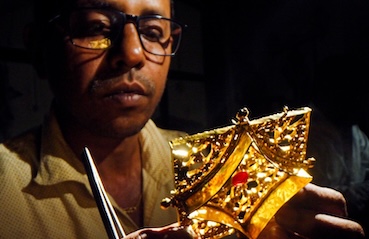Published: 27 Sep 2017
Indian Goldinomics

The economics of gold in India is a complex subject. India has for years – even decades – been the largest consumer of gold. In the last five years, India has imported close to 4500 tonnes of the metal. The precious yellow metal is deep-seated in the psychology of the Indian society due to its sense of security strongly attached to it. Gold has, in fact, remained the natural mode of saving and investing through generations. Whether rich or poor, you will find some glitter in most investment portfolios.
The largest consumer of gold in India has been the jewellery industry, accounting for well over 70 per cent. There are almost 400,000 jewellers in India, almost all of whom operate in the informal sector.
This desire for gold among Indians has made it a difficult commodity to address – not only does demand remain high under all circumstances, its price is inelastic to a considerable degree, meaning that a rise in gold prices does not affect demand very much. It also means that people are less interested in exploring other financial assets.
A survey by the Federation of Indian Chambers of Commerce and Industry (FICCI) in 2013, using data published by the World Gold Council, showed that consumers perceive gold as a protection against uncertainty. People buy gold whether the stock market is booming or declining. In fact, 22 per cent of the respondents to the FICCI survey said they would buy gold in volatile market conditions. Gold is part of a household’s regular expenditure; purchases of jewellery and coins comprise 8 per cent of daily consumption, only marginally lower than medical expenses or education.
The gold industry employs over 2.5 million people and contributes substantially to India’s exports. In 2012, gold jewellery accounted for $18.28 billion, ahead of diamonds and other precious stones at $18.05 billion. A report by global consulting firm Price Waterhouse Coopers in 2013 estimated the contribution of gold to Indian GDP at $30 billion.
The complexity of the gold economy – if we can call it that – poses some challenges for policymakers, but also begs the following question: should we begin to rethink our perceptions of gold’s role in the economy? Increasingly, the answer to that question seems to be ‘yes’.











